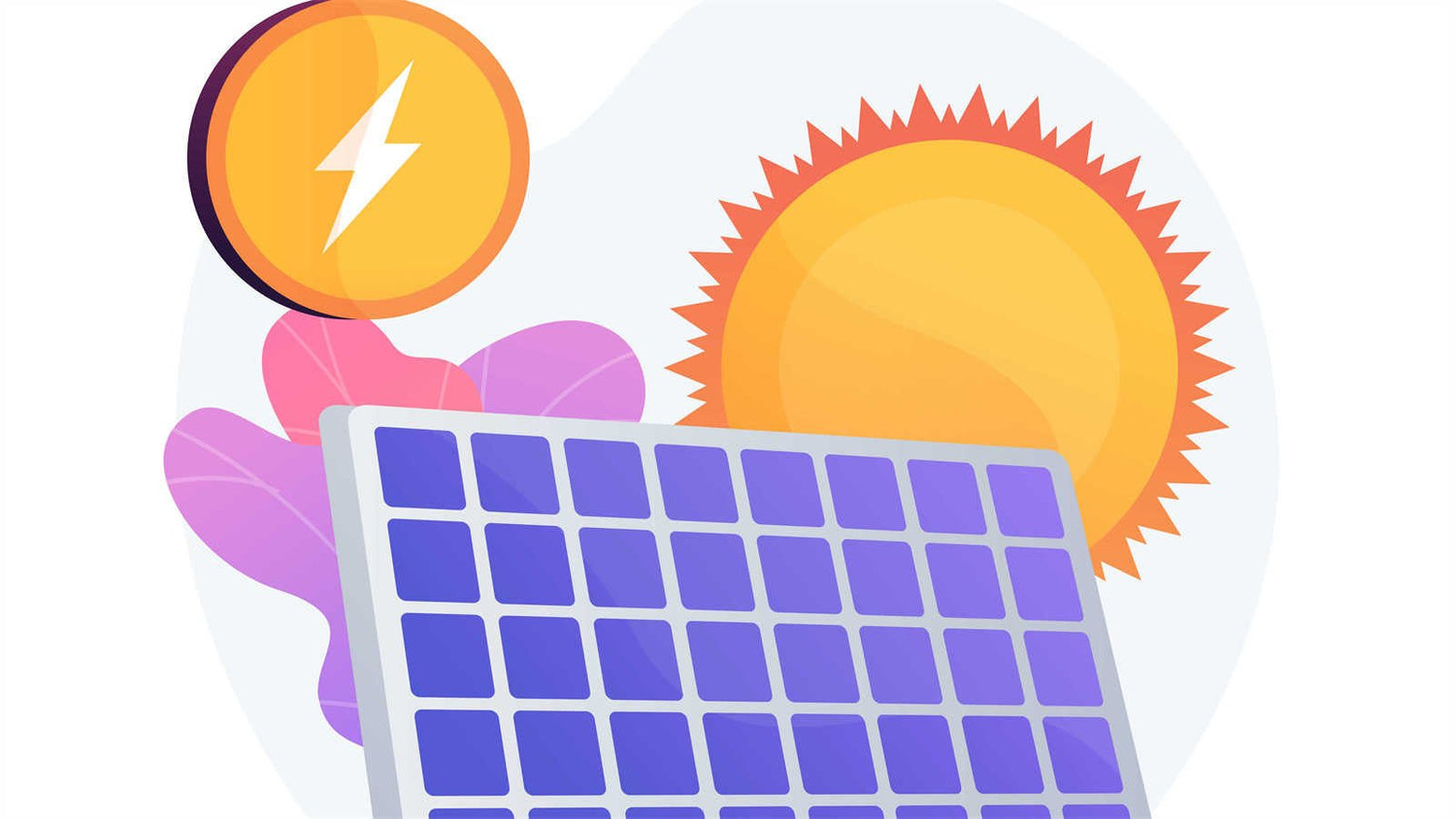In an age where sustainable and renewable energy sources are paramount, solar power has emerged as a significant player. Among its many applications, one of the most practical and impactful is the use of solar cells to power street lamps. This energy conversion process, from sunlight to electricity, represents a brilliant amalgamation of technology and environmental stewardship. This blog explores the intricacies of this conversion process, its benefits, and the broader implications for our cities and planet.
The Science Behind Solar Cells
At the heart of this process lies the photovoltaic (PV) cell, more commonly known as the solar cell. These cells are composed of semiconductor materials, typically silicon, which exhibit the photovoltaic effect. This effect is the fundamental physical process through which a solar cell converts sunlight into electrical energy.
When sunlight strikes the surface of a solar cell, it excites electrons in the silicon. This excitement causes the electrons to move, creating an electric current. Specifically, the process can be broken down into several key steps:
-
Absorption of Sunlight: Photons from sunlight are absorbed by the semiconductor material in the solar cell. This energy absorption excites electrons, propelling them into a higher energy state.
-
Generation of Electron-Hole Pairs: The absorbed energy causes the creation of electron-hole pairs. In simple terms, an electron is knocked loose from an atom, leaving behind a "hole" where the electron used to be.
-
Separation of Charge Carriers: An electric field within the cell, usually created by a junction between two different types of semiconductor material (p-type and n-type), drives the free electrons towards the n-type layer and the holes towards the p-type layer.
-
Current Flow: This movement of electrons towards the n-type layer and holes towards the p-type layer creates a flow of electric current when the cell is connected to an external circuit.
-
Electric Power Generation: The resulting current, along with the voltage generated by the electric field, produces electrical power, which can then be used to power various devices, including street lamps.
From Solar Cells to Street Lamps
Once the solar cell generates electricity, the next step is to store and manage this energy to ensure that street lamps can be powered efficiently, especially during the night when sunlight is unavailable. Here’s how this process typically unfolds:
-
Energy Storage: The electricity generated by solar cells during the day is stored in batteries. Modern solar street lamps use high-capacity batteries, such as lithium-ion or lead-acid batteries, to store the electricity produced.
-
Energy Management: A controller regulates the charging and discharging of the battery. It ensures that the battery is not overcharged during the day and that the stored energy is used efficiently to power the lamp at night.
-
Lighting the Lamp: As night falls, the stored electrical energy is used to power LED (Light Emitting Diode) lamps, which are highly efficient and consume less power compared to traditional lighting options. LEDs also have a longer lifespan, making them ideal for use in street lighting.

Advantages of Solar-Powered Street Lamps
The adoption of solar-powered street lamps offers numerous advantages, both environmentally and economically:
-
Sustainability: Solar energy is a renewable resource, and its use in street lighting reduces dependence on fossil fuels, thereby lowering carbon emissions.
-
Cost-Effectiveness: After the initial installation, solar street lamps incur minimal operating costs. They are independent of the electrical grid, eliminating electricity bills and reducing maintenance costs due to their long-lasting components.
-
Energy Efficiency: Solar street lamps use LEDs, which are far more energy-efficient than traditional incandescent or fluorescent lamps. This means more light is produced per watt of electricity consumed.
-
Reliability: Solar-powered street lamps can operate independently of the electrical grid, making them reliable in remote areas or during power outages. They provide consistent lighting, enhancing safety and security.
-
Environmental Impact: By reducing reliance on non-renewable energy sources and minimizing light pollution through directed lighting, solar street lamps contribute positively to the environment.

Broader Implications and Future Prospects
The shift towards solar-powered street lighting is part of a larger movement towards sustainable urban development. Cities worldwide are recognizing the benefits of integrating renewable energy solutions into their infrastructure. This trend is supported by advancements in technology and decreasing costs of solar panels and batteries, making solar street lighting a viable option for urban planners.
Moreover, the use of smart technologies in conjunction with solar power is revolutionizing street lighting. Smart street lamps equipped with sensors can adjust brightness based on the time of day or the presence of pedestrians and vehicles, further enhancing energy efficiency.
Case Studies and Success Stories
Several cities have already implemented solar-powered street lighting with remarkable success. For instance:
-
Barcelona, Spain: The city has integrated solar street lamps in various districts, significantly reducing its carbon footprint and electricity expenses.
-
San Francisco, USA: Solar street lamps are part of the city’s strategy to achieve zero carbon emissions by 2030. These lamps not only save energy but also enhance the aesthetics of the cityscape.
-
Kigali, Rwanda: In a remarkable example of solar energy deployment, Kigali has installed solar street lamps throughout the city, improving public safety and reducing energy costs in a region with abundant sunlight but limited access to conventional electricity.
Conclusion
The conversion of solar energy to electrical power for street lighting is a testament to the potential of renewable energy solutions in addressing contemporary urban challenges. Solar street lamps exemplify how technological innovation can intersect with environmental consciousness to create sustainable and resilient urban environments. As cities continue to grow and the demand for energy increases, solar-powered street lighting stands out as a beacon of progress towards a cleaner, greener, and more sustainable future.


































Leave a comment
This site is protected by hCaptcha and the hCaptcha Privacy Policy and Terms of Service apply.